Behind The Board Games: Emmet Byrne Talks Age Of Sigmar Soulbound!
June 20, 2019 by brennon
We had an awesome chat with Cubicle 7 about what lies ahead for them when it comes to their Age Of Sigmar Roleplaying Game, Soulbound at UK Games Expo this year. So, we thought it was worth catching up with the designer, Emmet Byrne to learn more about it too!
Are you excited about roleplaying in the Mortal Realms?
Ben: How was it that you got involved with the Age Of Sigmar Roleplaying Game project?
Emmet: I joined the company back in September of last year when C7 moved to Ireland. When I came on board, I asked if I could be part of the development team for the (then titled) Age of Sigmar Roleplaying Game and Dom, our CEO, very kindly said yes!
B: If you were to describe a typical session of the AoS RPG how would it play out? Is it very typical of other dungeon crawling adventures or does it take a different tone?
E: I think what sets Age of Sigmar: Soulbound apart is that it is less about going out and exploring lost dungeons and recovering treasure in this grand frontier, and more about securing what you have and trying to survive. The Mortal Realms, particularly after the Shyish Necroquake, are a dangerous and terrifying place. At the dawn of the Age of Sigmar, Sigmar’s Storm brought hope back to a world that was on the precipice. That initial high has started to fade and now people need to figure out how to live in this new world. The threat of Chaos, Death, and Destruction isn’t gone, the Forces of Order have just managed to temporarily push them back.
In Soulbound, you will be part of that bulwark. You will help to push back the forces that seek to destroy and corrupt the newly established bastions of civilisation. That may mean rooting out Chaos within the city of Hammerhal, it may mean braving the lands beyond the wall in search of one of the lost Stormvaults, or it may even mean seeking out new Realmgates and trying to secure them for the Forces of Order.
B: How does the experience of AoS differ from that of WFRP? How did you go about making sure AoS captured the atmosphere of its setting and giving it its own unique identity?
E: The setting and world of Age of Sigmar is obviously very different to that of Warhammer Fantasy, and the RPGs reflect that. WFRP has always been about scrounging to survive and going from being a nobody to possibly becoming the saviour of the Empire. Soulbound is quite different. In Soulbound you will start out as a hero (or anti-hero) who has already braved the trials of the Mortal Realms. The story isn’t about if you can win, it's about how long you can keep winning. A Stormcast Eternal might easily sweep away a half dozen Gitz, but they’ll get some good stabbas in and eventually those wounds will add up. In Soulbound you start at the top and slowly get ground down and worn away. The challenge comes from fighting through that and still succeeding.
B: One of the things we're noticing from the artwork that we've seen so far is a sense of grandeur and 'heroics' that we've not seen in many role-playing games. Do the mechanics reflect that and if so how?
E: Yes, in Soulbound you play an exceptional character. You are able to face down multiple enemies at once and can confront threats others would run screaming from. Your actions will shape the future of the Mortal Realms. That kind of power and influence will draw the eye of powerful beings who will want to see you stopped.
To reflect this the mechanics allow for quick, dynamic combat featuring dozens of opponents. Your own abilities will allow you to perform superhuman feats and push through wounds that would kill a normal person. We also have another mechanic we haven't discussed yet which will directly reflect the impact you have had on the world and the growing threat of the forces allied against you.
B: We're seeing a vast array of different archetypes already from across the Grand Alliance of Order, how did you go about picking which ones to highlight?
E: When we were designing the game we wanted to make sure it was accessible to new players. A big part of that involved making sure the core book had a focus. For us that meant picking a Realm as our "default" setting (Aqshy) and limiting ourselves to the factions of Order.
From here, the first thing we did was go through each Order Battletome and make a shortlist of all of the Archetypes we thought looked like they would be interesting and fun to play in an RPG. Once we had that we started whittling them down based on the loose roles they would fill in the game and what faction they were part of. We wanted to ensure we had a nice balance across the factions so we have tried to include multiple Archetypes from each of the major factions of Order.
B: Do you have a favourite archetype from those revealed so far and if so, which is it that caught your eye?
E: Personally I'm a big fan of the Stormcast Eternal Knight-Questor. A big part of that is probably because I love our Knight-Questor iconic Vel Arturious, who you can see on the cover.
I find the Stormcast Eternals to be very tragic characters.
Their souls have been reforged and reshaped, robbing them of their memories. With each reforging they lose more of themselves, becoming less human, and doomed to fight a seemingly unending war. The Knight-Questor adds another level to that: they have been chosen by Sigmar himself for a particular task. When they finally achieve their goal, they will often be assigned a new quest. They are trapped in a cycle of never-ending duty, unaware of their place in their god's plans.
B: Did you create any new character archetypes that we’ve not seen on the tabletop before in miniature form?
E: We have a few Archetypes that don't have a direct counterpart in the battle game, they are more of a distillation or variation of existing units. The Skyrigger is a good example of this: depending on how you create your Skyrigger you can make a character more akin to an Endrinrigger or a Skywarden. We have a few other Archetypes that do something similar
B: Did you find it hard to find a balance between some of the archetypes/characters? A Stormcast Eternal Knight-Questor, for example, could be seen as much more powerful when compared to a Kharadron Overlord Sky Rigger. How did you balance to find a way for them to work together within a group?
E: It's an interesting conundrum and something we discussed for a while. In the end, for me it comes down to "with great power comes great responsibility". A Stormcast Eternal might be an incredibly powerful being but a lot of them lack autonomy. To continue with the Stormcast Eternal example, each Stormcast is forged with a specific purpose in mind. They may be incredibly adept at combat but it is likely at the cost of social or mental skills.
For me, a lot of the "balance" comes from the roleplaying side. We have mechanics that assist with balance but in the end, it is all about the story. A Stormcast Eternals story will be very different from a Skyrigger or Witch Aelf, and how the GM handles that in play will change the experience for players.
B: The Mortal Realms are a fascinatingly diverse place. What has been one of the most fun aspects of bringing it to life for role-players?
E: I think the most fun has probably been trying to figure out what daily life looks like in the Mortal Realms. In Aqshy, in particular, a huge amount of the land is tainted from years of bloodshed. So where do people get food? What does a farm look like in Aqshy? Are they all behind the walls of a city?
Perhaps there are tall hanging gardens that are fed with Aqua Ghyranis from the Realm of Life? What does a market look like? Are their schools? How does it affect people if they live their entire lives behind a wall?
These are the fun kinds of conversations we get to have in the office. And then we have to ask all of them again as we move to the other realms!
B: The setting for Soulbound and the Starter Set is that of the Realm Of Asqhy. Why was it in particular that you chose this Realm?
E: As I mentioned earlier, we wanted to make Soulbound welcoming to new players. Trying to understand eight infinite realms (nine including the Realm of Chaos!) is daunting for anyone. So we made the decision to focus on a single realm. We have information on each realm but a significant chunk of the book is given over to Aqshy.
The reason we chose Aqshy is because a lot of the biggest events in the history of the Realms have happened there. It is one of the Realms that we have seen a lot of and have a good idea of its history and "status quo". But there are also a lot of open spaces, things Games Workshyhave alluded to but not yet fleshed out.
Those spaces in between are perfect fodder for us when writing an RPG. One of the most exciting things has been creating a brand new city for the Starter Set. I'm very excited to share more on that in the coming months!
B: A big part of any role-playing game are the foes that your heroes contend with. Could you tell us a bit about some of the foes we'll be facing?
E: Like everything else in Age of Sigmar, we had a huge amount of options for enemies and adversaries to use in Soulbound. To help filter through these we decided to look at it through the lens of Aqshy. What enemies would you meet there? What kind of Beasts? What mundane creatures?
We also know that plenty of people will want to explore the other Realms. So to help with this we have a number of entries for servants of each of the Chaos gods, followers of Destruction like Gitz and Orruks, and plenty of Death - we have just seen the Necroquake after all!
B: Have you and your team at Cubicle 7 had a lot of experience with Age Of Sigmar on the tabletop? If so, what armies are favourites within the team?
E: The team are huge fans of Warhammer in all its forms and there’s usually a big game at some point in the week. We have stacks of models and terrain in the office… it's just a matter of finding time to play!
The new Looncurse box has been a big hit. Dom’s painting up yet more Stormcast Eternals and Blades of Khorne and our Wrath & Glory producer Zak is putting together a Sylvaneth army. TS is our Kharadron Overlord player and Andy has been drawn in by the corrupting influence of the Hedonites of Slaanesh.
Kieran is currently fixated on his Necrons but we’ll lure him over to Sigmar sooner or later! From my side, I'm a huge fan of anything undead. Right now I'm flitting between creating a Nighthaunt army and a Flesh-eater army. I'm leaning towards Nighthaunt - the gravity-defying models are too hard to resist!
B: I'm sure there are many interesting aspects of the AoS RPG still to be revealed. Could you give us a snippet of something exciting that lies on the horizon?
E: Honestly, I'm really excited to see how people react to the Starter Set and the new city we've created. The city and the surrounding area is going to play a big part in our future plans so I can't wait to see how the community reacts to it. After that, selfishly, I can't wait to head to Shyish and see what Nagash is up to.
Age of Sigmar: Soulbound sounds like it's going to be a brilliant exploration of the Mortal Realms and a chance to play some very different characters at the tabletop. We're very excited for it!
What are you looking forward to most?
"Your actions will shape the future of the Mortal Realms..."
Supported by (Turn Off)
Supported by (Turn Off)
"The team are huge fans of Warhammer in all its forms and there’s usually a big game at some point in the week..."
Supported by (Turn Off)





























![Make Your Own Star Wars: Legion Heroes! Rebel Agent & Officer Set Review [7 Days Early Access]](https://images.beastsofwar.com/2025/12/unboxing-atomic-mass-games-star-wars-legion-rebel-alliance-agent-_-officer-coverimage-225-127.jpg)


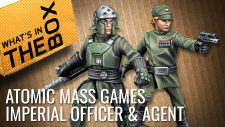
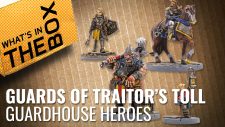
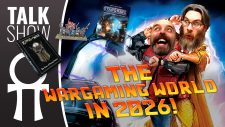







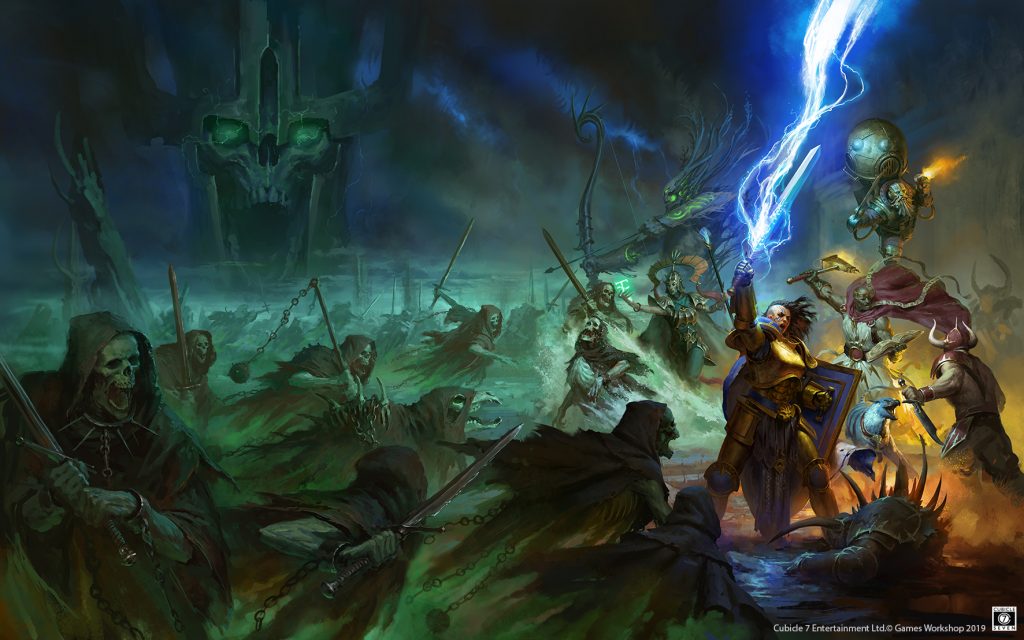
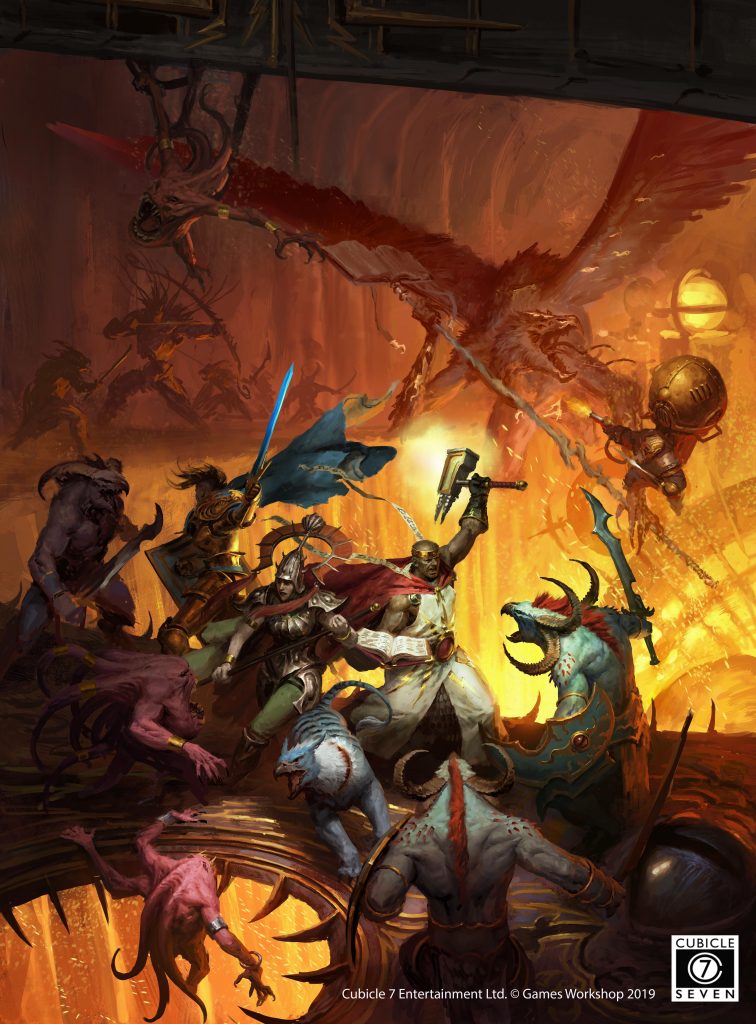
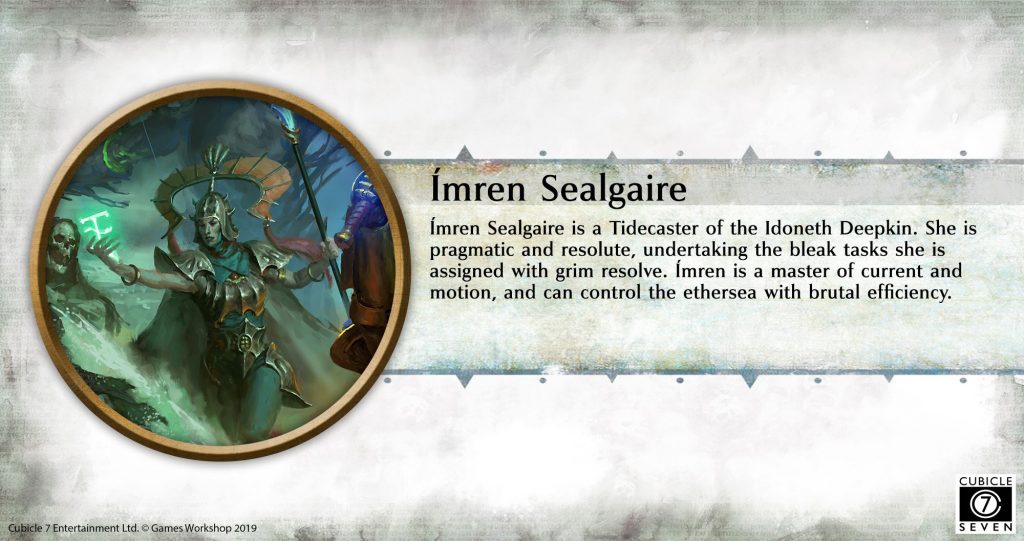
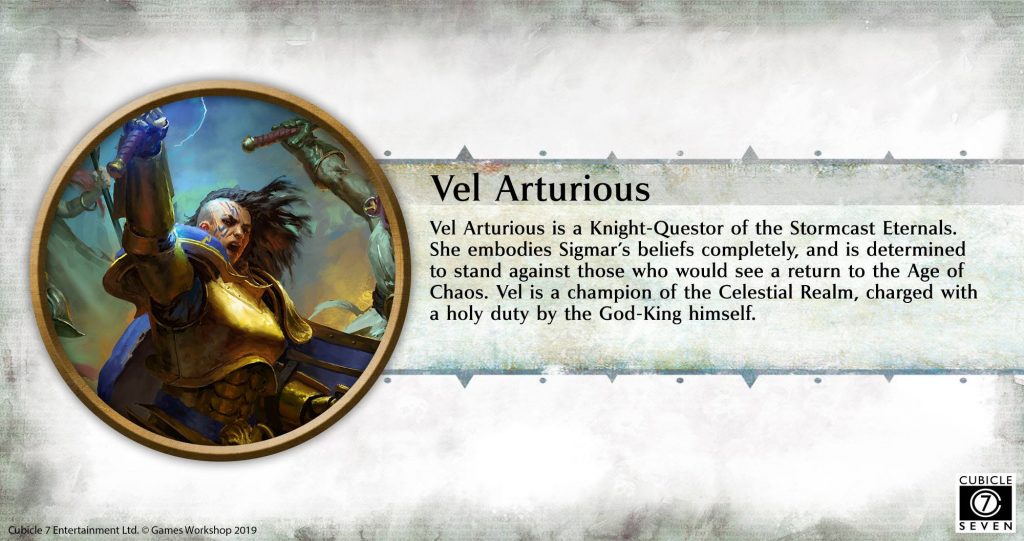
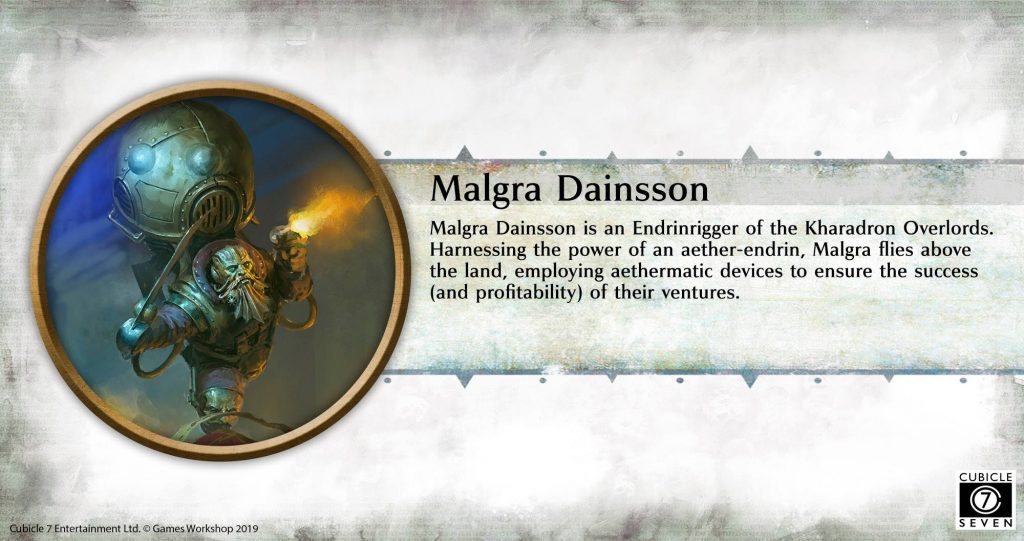
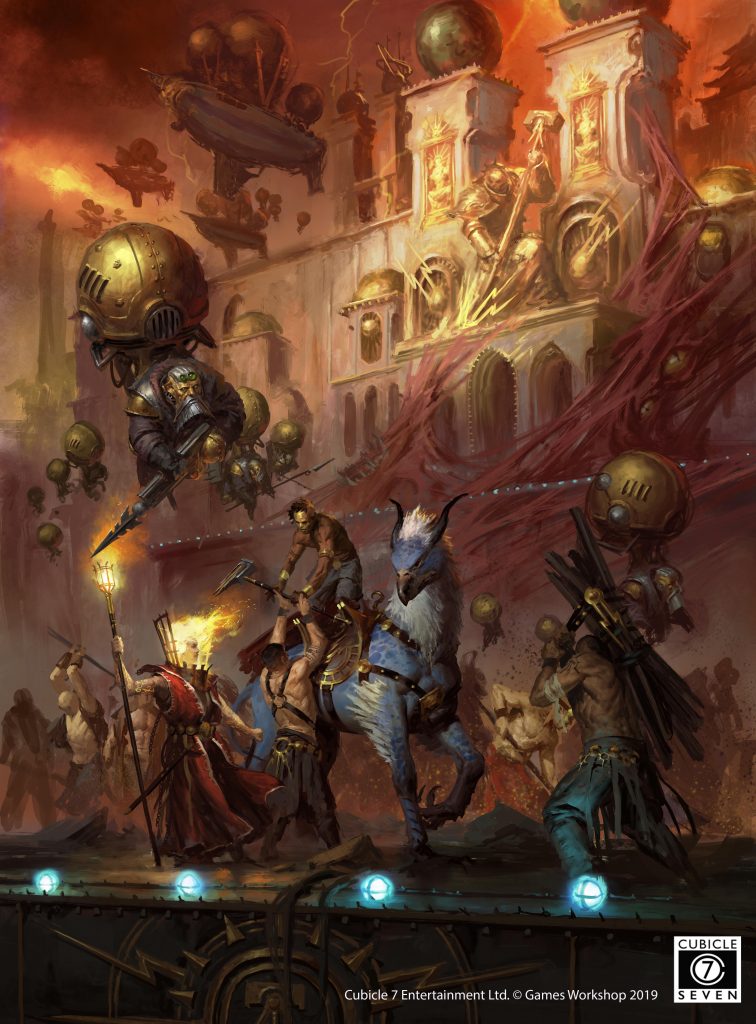
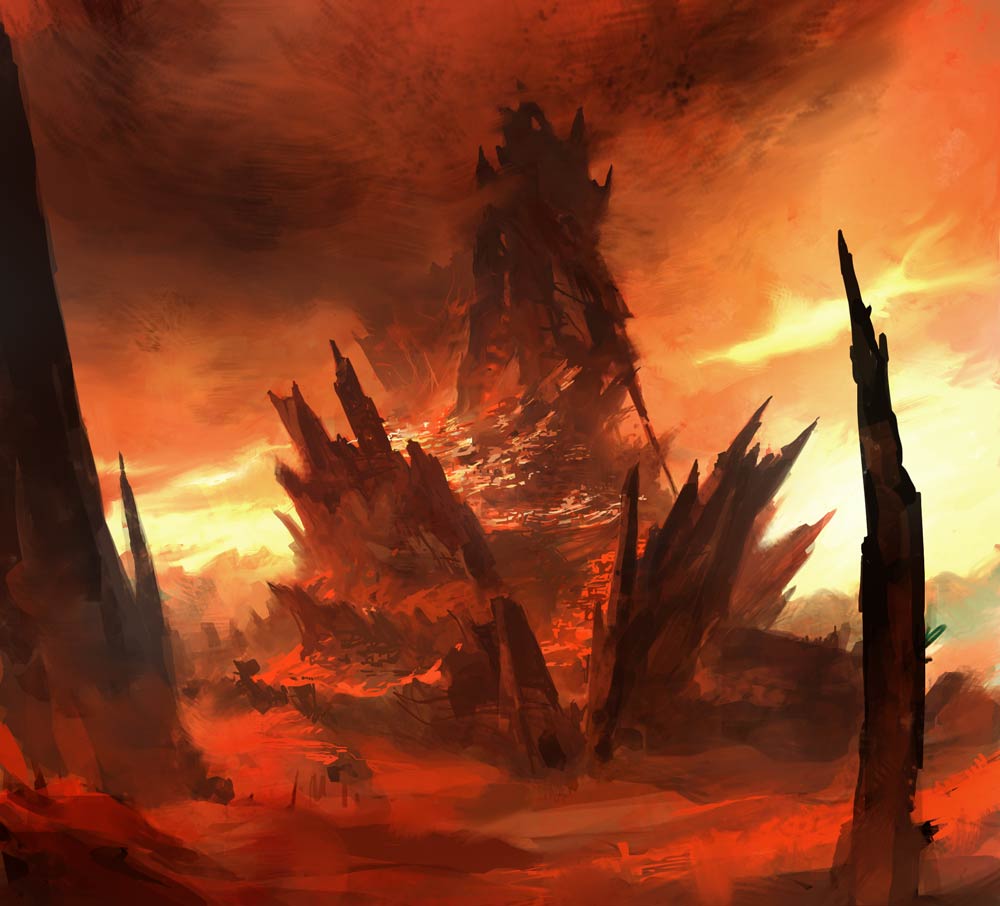
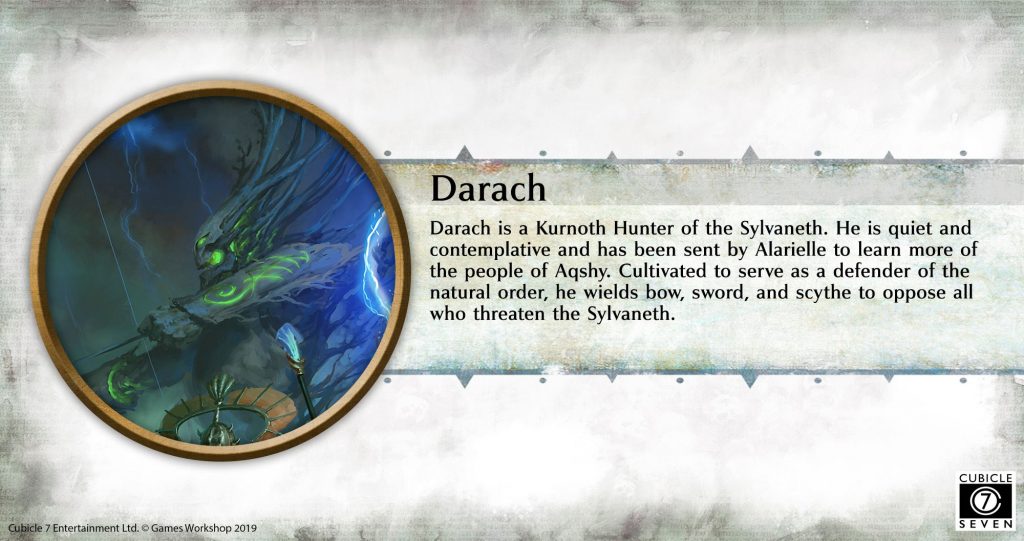




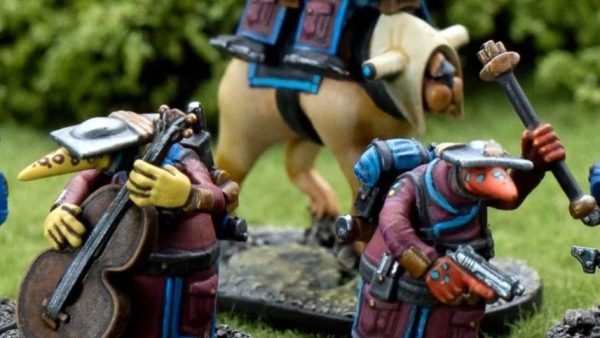
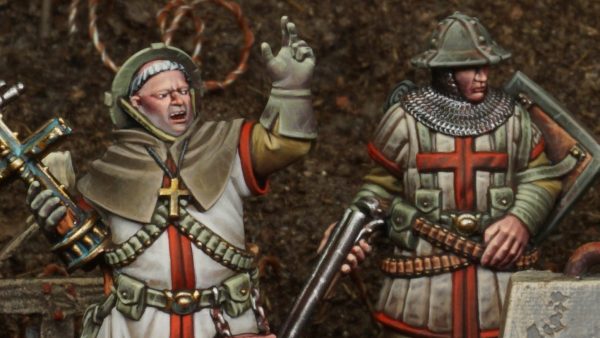
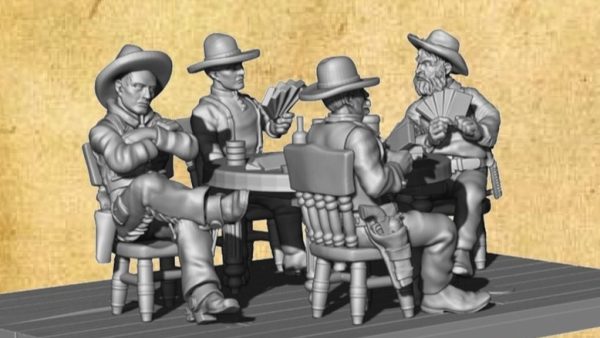
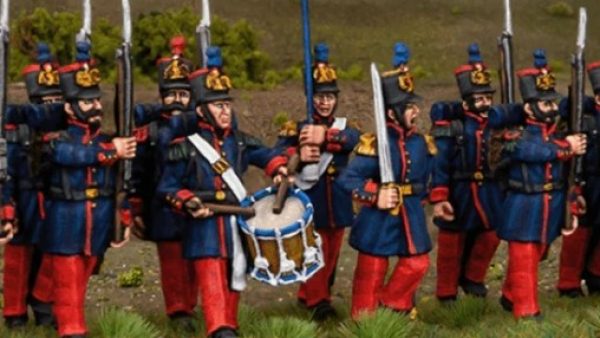

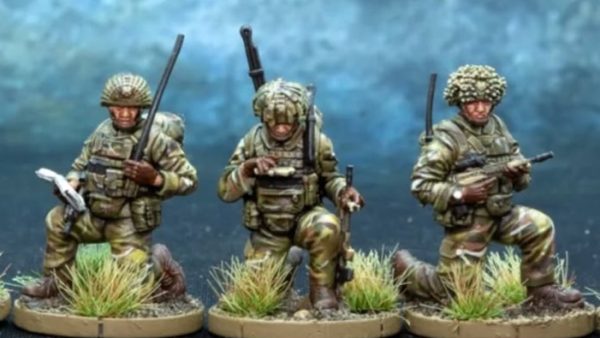

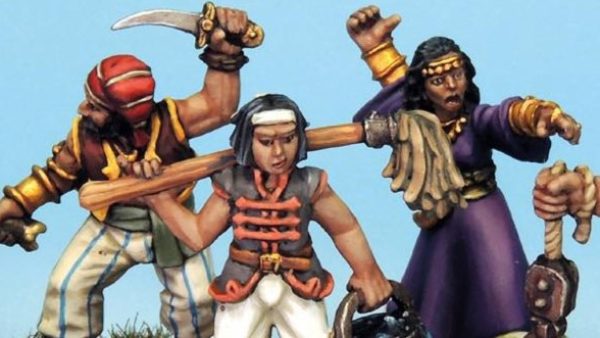
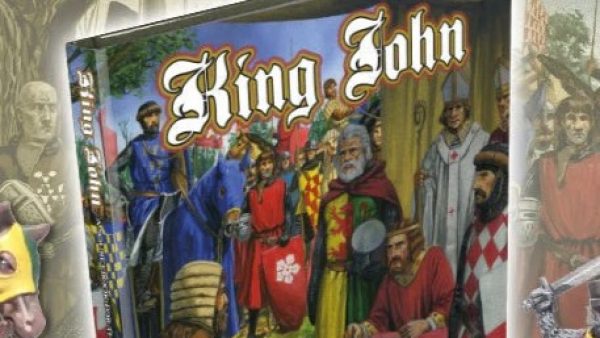
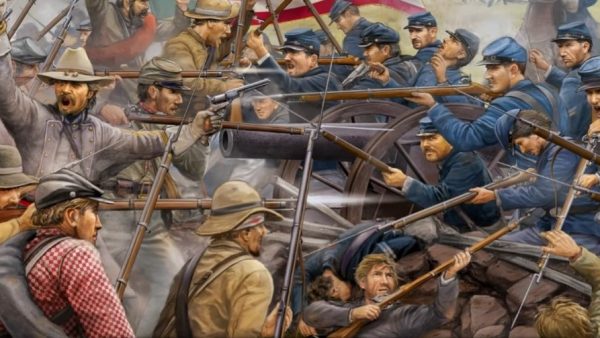




















its good to see people in the industry playing each others games in the perfect world this helps everyone get better games down the line.
Aye, I think it’s good that they love playing in the world they’re creating for a roleplay setting.
Good interview, actually piqued my interest in the game!
Cheers – I am very hyped for this one 🙂